India: 'Journey of Hope' - a UNODC compendium of anti-human trafficking and victim support initiatives
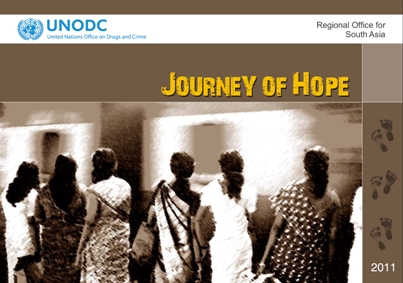
Balmani - a young girl from the rural hinterland of Jharkhand (a high source state for human trafficking), who received livelihood training in housekeeping and is now able to support her mother's medical treatment
Chandni - a 14 year old girl from Kishanganj, Bihar (another high source state for human trafficking), who narrowly escaped being sold to a 45 year old stranger for marriage
Jamila - a caregiver from a boys' shelter home in Calicut, Kerala who has learnt to view children under her care as 'individuals needing care and protection' and not as 'problem cases'
These are some of the people one meets while going through the 'Journey of Hope', UNODC's recent publication on prevention of anti-human trafficking and victim support initiatives.
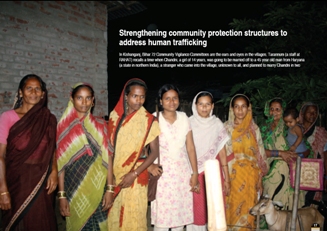 In March 2008, UNODC embarked on two projects related to anti-human trafficking and victim support in India. The project 'Building the capacity of and expanding anti-human trafficking networks for improved support to victims of trafficking' aimed at providing assistance to trafficking survivors and securing their legal and human rights. The other project 'Reducing children's vulnerability to abuse and rehabilitation of survivors' was designed to provide quality care and support services to vulnerable children at risk of physical and sexual abuse as well as comprehensive rehabilitation opportunities to trafficking survivors.
In March 2008, UNODC embarked on two projects related to anti-human trafficking and victim support in India. The project 'Building the capacity of and expanding anti-human trafficking networks for improved support to victims of trafficking' aimed at providing assistance to trafficking survivors and securing their legal and human rights. The other project 'Reducing children's vulnerability to abuse and rehabilitation of survivors' was designed to provide quality care and support services to vulnerable children at risk of physical and sexual abuse as well as comprehensive rehabilitation opportunities to trafficking survivors.
UNODC implemented both projects in collaboration with the Ministry of Women and Child Development, Government of India, state governments and NGO partners in the states of Andhra Pradesh, Bihar, Jharkhand, Karnataka, Kerala, Tamil Nadu, and Uttar Pradesh, with support from USAID. The experience from both projects has now been documented in 'Journey of Hope' - an attempt to bring together and visualize stories of hope, endurance and voices from the field.
The 'Journey' begins in the states of Jharkhand and Bihar in North India.
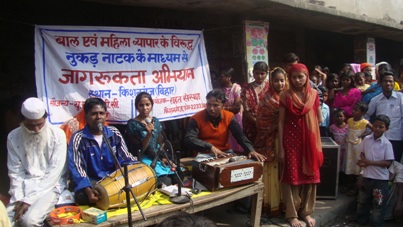
The 'Journey' continues into Southern India to government-run shelter homes in the states of Tamil Nadu,
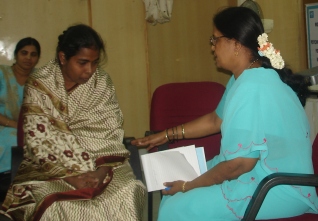
The 'Journey of Hope' describes some of the life skills and livelihood programmes that are being carried out by state
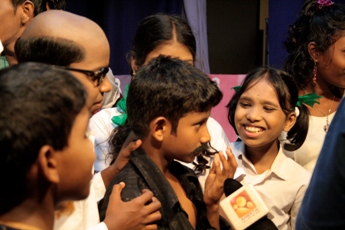
In conclusion, the 'Journey of Hope' sums up the learning from the projects and makes recommendations to strengthen anti-human trafficking and victim support initiatives.
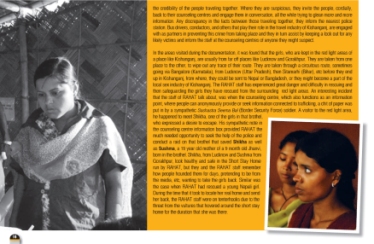 The above mentioned interventions and the documentation were possible thanks to the support of USAID. Special thanks to all government and NGO partners who shared their thoughts and experiences for the documentation.
The above mentioned interventions and the documentation were possible thanks to the support of USAID. Special thanks to all government and NGO partners who shared their thoughts and experiences for the documentation.